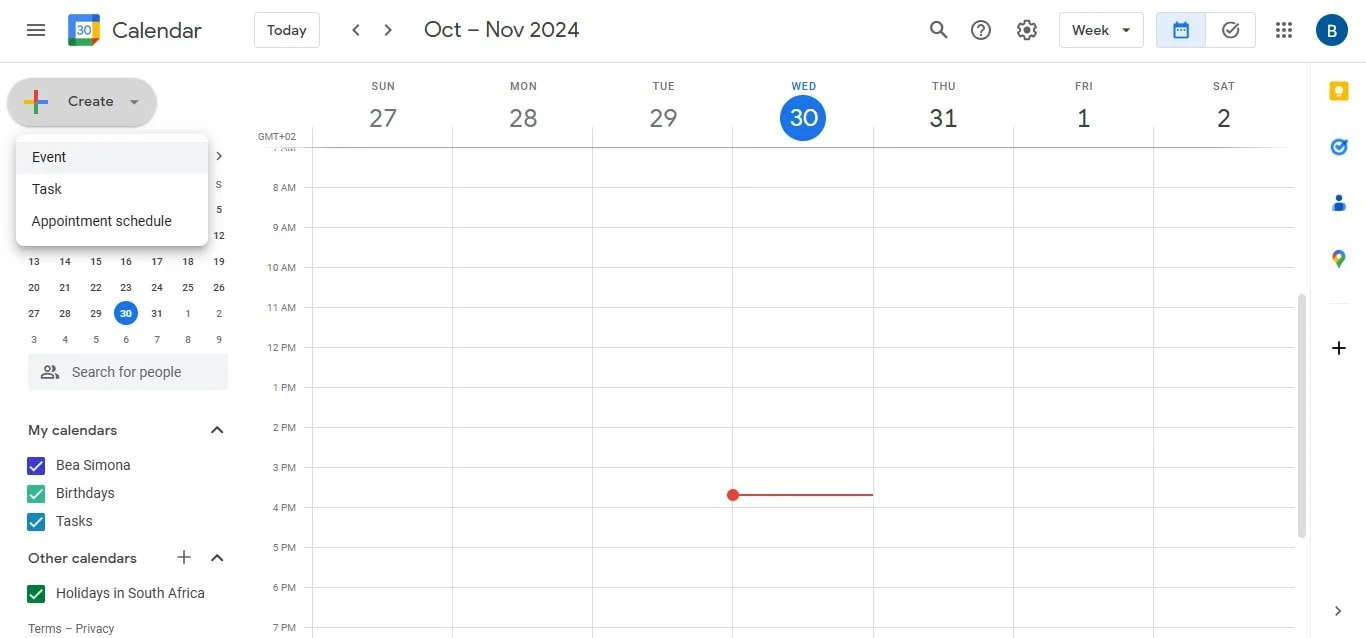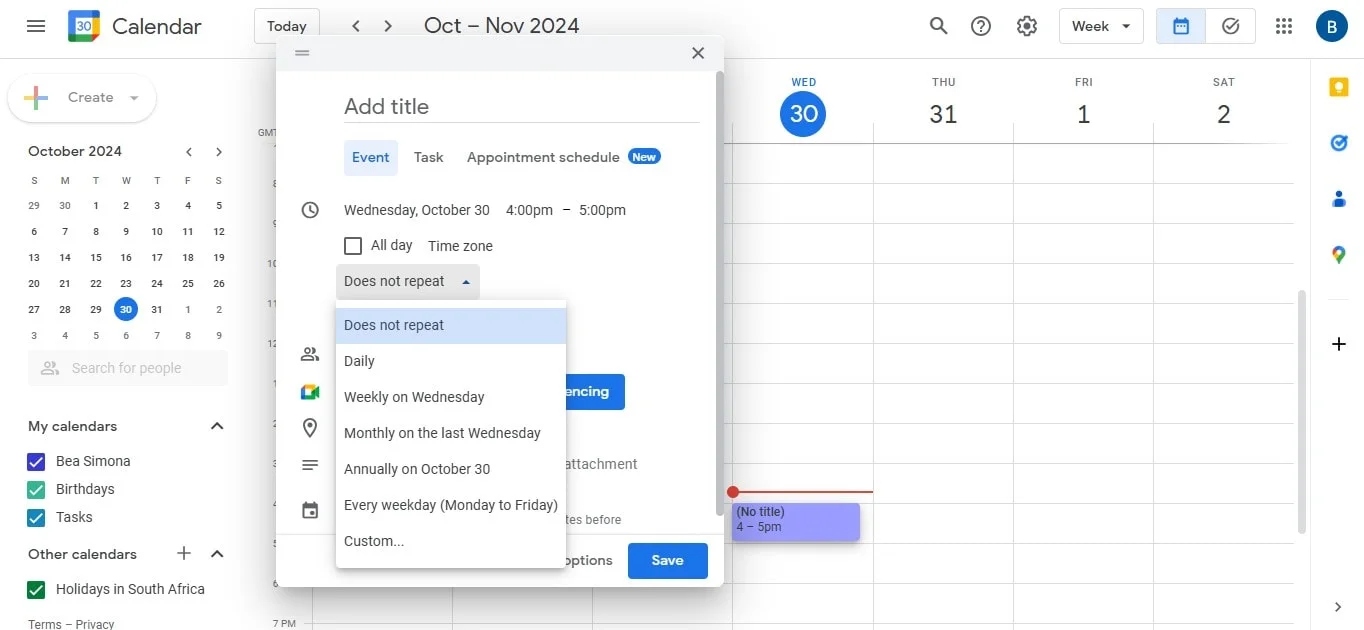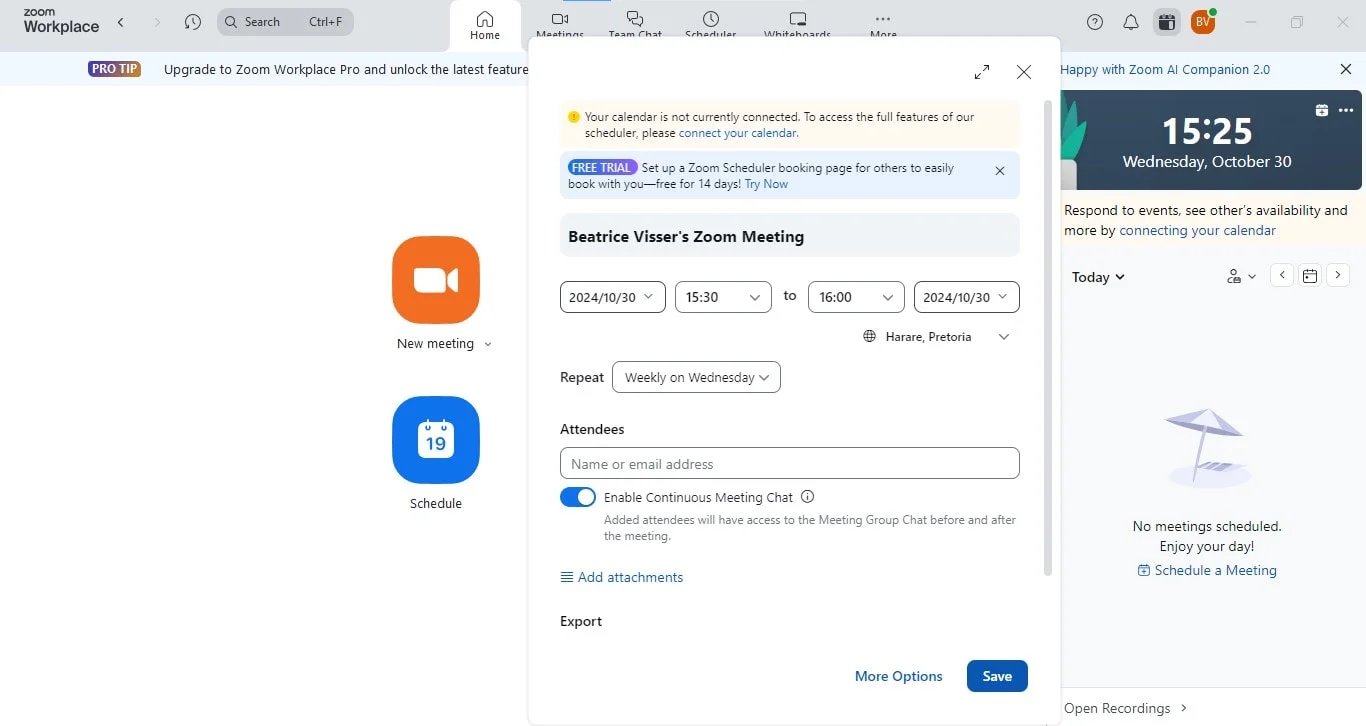
A Recurring Meeting is a scheduled gathering that occurs at regular intervals, helping teams maintain consistent communication and collaboration. This format provides valuable insights into ongoing projects, team dynamics, and decision-making processes, ensuring that all members stay aligned and informed. By addressing common challenges such as miscommunication and scheduling conflicts, recurring meetings create a structured framework for discussion and accountability in the meeting room.
Readers can continue exploring this topic to discover effective strategies for maximizing the productivity of their meetings and to understand the tools available that can enhance their meeting experience.
Types Of Recurring Meetings
Here are a some types of recurring meetings that you get within a company.
One-on-one meetings
One-on-one meetings are scheduled recurring meetings between two individuals, often focusing on performance, feedback, or personal development. To create a recurring meeting, workplace leaders can use customizable options within their calendar application. These meetings foster open communication and help build strong relationships between meeting attendees.
Standing meetings
Standing meetings are regular check-ins that typically occur weekly or biweekly. When you schedule recurring meetings like these can ensure consistent updates and collaboration among team members. When creating a event for a standing meeting, consider setting specific date and time options to keep discussions productive. Leaders can use the recurring meeting option to automate these events.
All-hands meetings
All-hands meetings bring together the entire organization to discuss important updates and foster a sense of community. These meetings are usually held monthly or quarterly. Using Google Calendar events or Zoom meeting details, workplace leaders can send meeting requests to all employees, ensuring everyone is informed of upcoming meetings.
Team meetings
Team meetings are essential for aligning project goals and ensuring everyone is on the same page. A recurring meeting series can help maintain focus and accountability. When setting up these meetings, leaders should define the settings that work best for the team to maximize attendance and engagement.
Project status meetings
Project status meetings are designed to review progress on specific projects. The project lead typically schedules these meetings at regular intervals. By utilizing the recurring meeting in their scheduling tools, leaders can create a meeting event that includes agenda items and key updates, allowing for effective tracking of project milestones.
Scrum meetings
Scrum meetings, often held daily, allow teams to discuss progress and address any roadblocks. These short, time-boxed meetings are crucial for Agile project management. Setting up a recurring appointment in a calendar event ensures that the team stays aligned and can quickly adjust to changing project needs.
Board meetings
Board meetings occur regularly, often quarterly or annually, to discuss strategic direction and governance. These meetings typically require thorough preparation and documentation. Leaders should ensure that all meeting options are clearly communicated, including any recurring meeting sign or materials needed for discussion.
Departmental meetings
Departmental meetings focus on specific teams within an organization, discussing goals, challenges, and achievements. Scheduling these meetings as recurring events can promote transparency and collaboration. Utilizing recurrence settings allows leaders to automate the scheduling process, reducing administrative burden.
Training or development meetings
Training and development meetings provide employees with opportunities for professional growth. These meetings can be scheduled as recurring sessions to cover various topics over time. Leaders can utilize customizable options to adjust the agenda based on attendee feedback and evolving organizational needs.
Sales or marketing meetings
Sales and marketing meetings are crucial for strategy alignment and performance review. These meetings often occur weekly or monthly and should be treated as recurring meetings. When creating a recurring meeting series, leaders should ensure to include detailed agenda items and action points, encouraging productive meetings among team members. Using tools that allow for click save on recurring meeting details can streamline this process.
How Do You Manage Recurring Meetings?
Here are some easy ways to manage recurring meetings.
Clearly Define the Purpose for Recurring Meetings
To ensure that recurring meetings are effective, it’s crucial to clearly define the purpose of each meeting. Whether the aim is to share updates, discuss project progress, or foster team collaboration, establishing a clear objective helps participants understand the value of their time spent in these sessions. Communicating this purpose to all meeting attendees ensures everyone is aligned and engaged, contributing to a more productive environment.
Define Clear Agendas and Meeting Goals
Creating a structured agenda for each recurring meeting is essential. Outline specific topics to be discussed and set measurable goals for what you want to achieve in each session. This approach not only keeps the meeting focused but also allows for better tracking of progress over time. Distributing the agenda ahead of time enables participants to prepare, ensuring that every event is utilized efficiently. Setting clear meeting goals helps in achieving meaningful outcomes from the recurring meeting series.
Prioritize Times When People are Onsite
When scheduling recurring meetings, consider the availability of participants, especially in hybrid or remote work environments. Prioritize times when team members are onsite to maximize attendance and engagement. Use tools like Google Calendar events to visualize and manage attendees' schedules, ensuring that meetings are set during optimal windows for collaboration. This attention to scheduling enhances participation and encourages a higher level of engagement in productive meetings.
End Recurring Meetings by Reviewing Action Items
Conclude each recurring meeting by reviewing the action items discussed during the session. Summarizing these points reinforces accountability and clarifies the next steps for all participants. This practice not only helps track progress for future meetings but also solidifies the value of each session, encouraging attendees to actively engage in the meeting series. By clearly outlining what needs to be accomplished before the next meeting, you enhance the effectiveness of future sessions and ensure everyone is prepared for their tasks.
How To Schedule A Recurring Meeting?
Here are simple ways to create a recurring meeting:
How to create a recurring meeting on Google Calendar
1. Open Google Calendar: Sign in to your Google account and navigate to Google Calendar.
2. Create a New Event: Click on the "+" button or select a time slot in the calendar to create a new calendar event.

3. Set the recurrence: In the calendar event created, look for event details, look for the meeting options labeled “Does not repeat.” Click on it to access settings and choose how often you want the meeting to occur (daily, monthly, etc.).'

4. Define date and time options: Specify the time or date options for the first meeting occurrence and, if needed, an end date for the recurring series.
5. Add guests: Invite attendees by entering their email addresses in the guest list.
6. Click save: Review the meeting details and click save to create the meeting series.
How to create a recurring meeting on Outlook
- Open Outlook Desktop: Launch Outlook and navigate to the Calendar view.
- New meeting: Click on “New Meeting” in the ribbon.
- Set the recurrence: In the meeting window, click on the “Recurrence” button to define the meeting frequency. Choose your preferred meeting option and set any specific times.
- Define meeting goals: Clearly outline the agenda or goals in the body of the meeting to ensure clarity for all participants.
- Invite attendees: Enter the email addresses of the meeting attendees in the “To” field.
- Click send: After reviewing all the details, click send to schedule the meeting, ensuring all participants receive the meeting request.
How to create a recurring Zoom meeting
1. Zoom account: Go to the Zoom website and sign in to your account.
2. Schedule a Meeting: Click on the calendar icon in the top-right corner.

3. Set Recurrence: In the meeting settings, find the option labeled “repeat.”

4. Select Frequency: Choose how often the meeting should occur. Define any end date if necessary.

5. Add Meeting Details: Fill in the meeting title, description, and any Zoom meeting details you want to include, such as agenda items or participant roles.
6. Save the Meeting: Click Save to finalize the recurring meeting setup. Share the meeting link with attendees to ensure everyone has Zoom access.

Tips To Make Recurring Meetings More Productive
Set clear objectives
Establishing clear objectives for each recurring meeting is crucial for maintaining focus and productivity. Clearly define the goals of the meeting and share them with all participants beforehand, like regular meetings. This clarity ensures everyone understands the purpose of the meeting and can prepare accordingly.
Time management
Effective time management during recurring meetings can significantly enhance their productivity. Set a specific start and end time, and adhere to this schedule to prevent discussions from dragging on. This approach keeps participants engaged and allows them to allocate their time more efficiently.
Appropriate frequency
Determining the appropriate frequency for recurring meetings is essential for maintaining productivity. Too many meetings can lead to participant fatigue, while too few can result in miscommunication. Assess your team’s needs and find a balance that fosters effective collaboration without overwhelming your members.
Engaging environment
Creating an engaging environment, like a customizable meeting during recurring meetings encourages active participation in the meeting room. Utilize interactive elements, solicit feedback, and foster open dialogue among participants. This approach helps maintain enthusiasm and promotes a culture of collaboration within the team.
Follow up on action items
Concluding each meeting with a review of action items ensures accountability and clarifies expectations. Summarizing what was discussed and what needs to be accomplished before the next meeting enhances productivity and keeps everyone aligned on their responsibilities.
Conclusion
Scheduling recurring meetings offers numerous benefits, such as establishing a consistent meeting rhythm, saving time through one-time setup, and providing automated reminders that keep everyone informed.
To maximize the effectiveness of these meetings, it’s essential to set clear objectives, manage time wisely, choose the right frequency, foster an engaging environment, and follow up on action items. For organizations looking to streamline their meeting processes, Bluedot stands out as the best tool for recording meetings.
Recording meetings is especially crucial when someone is sharing their screen, as it ensures that all important details are captured for future reference. Bluedot not only excels in transcription but also provides comprehensive features such as high-quality recording, auto-generated emails, conference call transcription, automatic note taker, meeting minutes transcription, interview transcription software and meeting templates, and secure storage.
With its seamless integration into platforms like Google Meet, Microsoft Teams, and Zoom, Bluedot enhances productivity and ensures that all attendees stay aligned, making every meeting more effective and actionable.

%201.svg)
